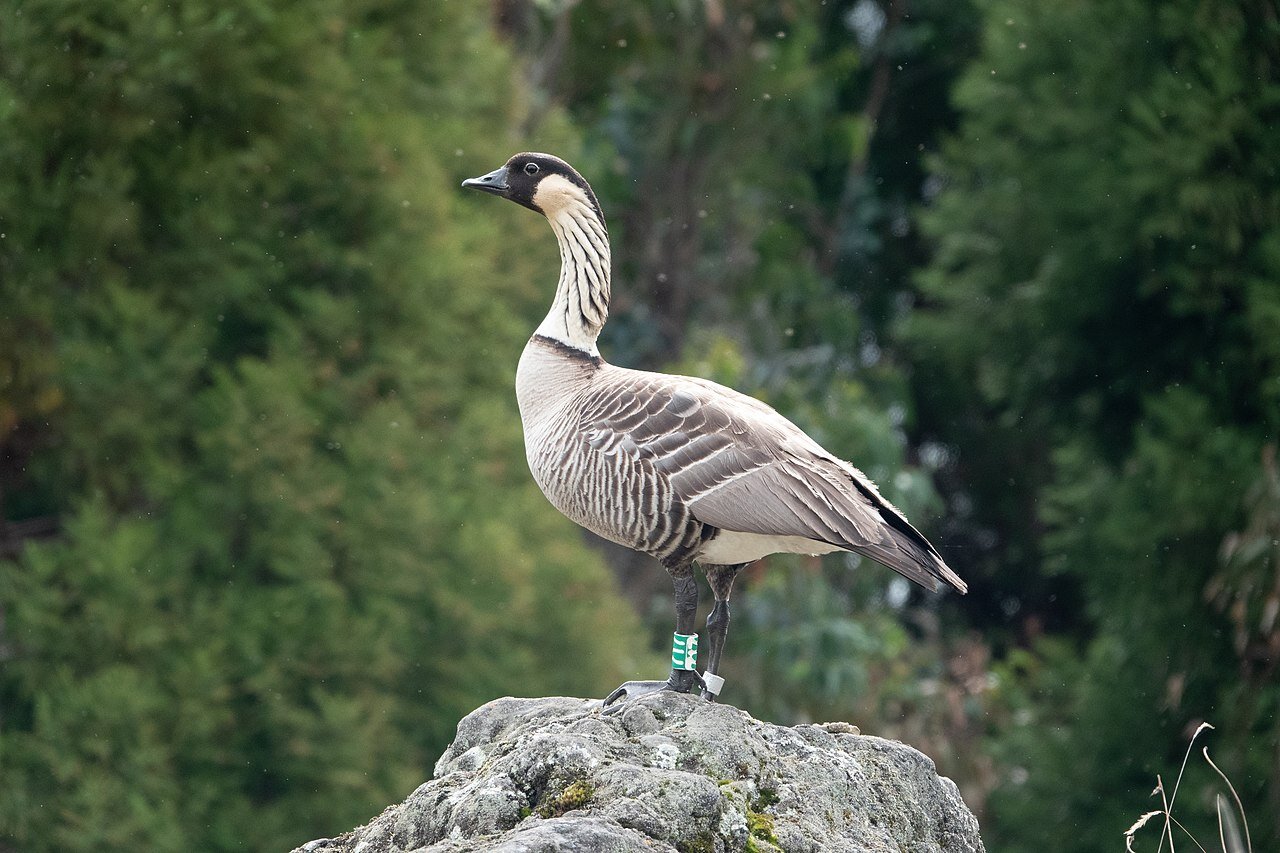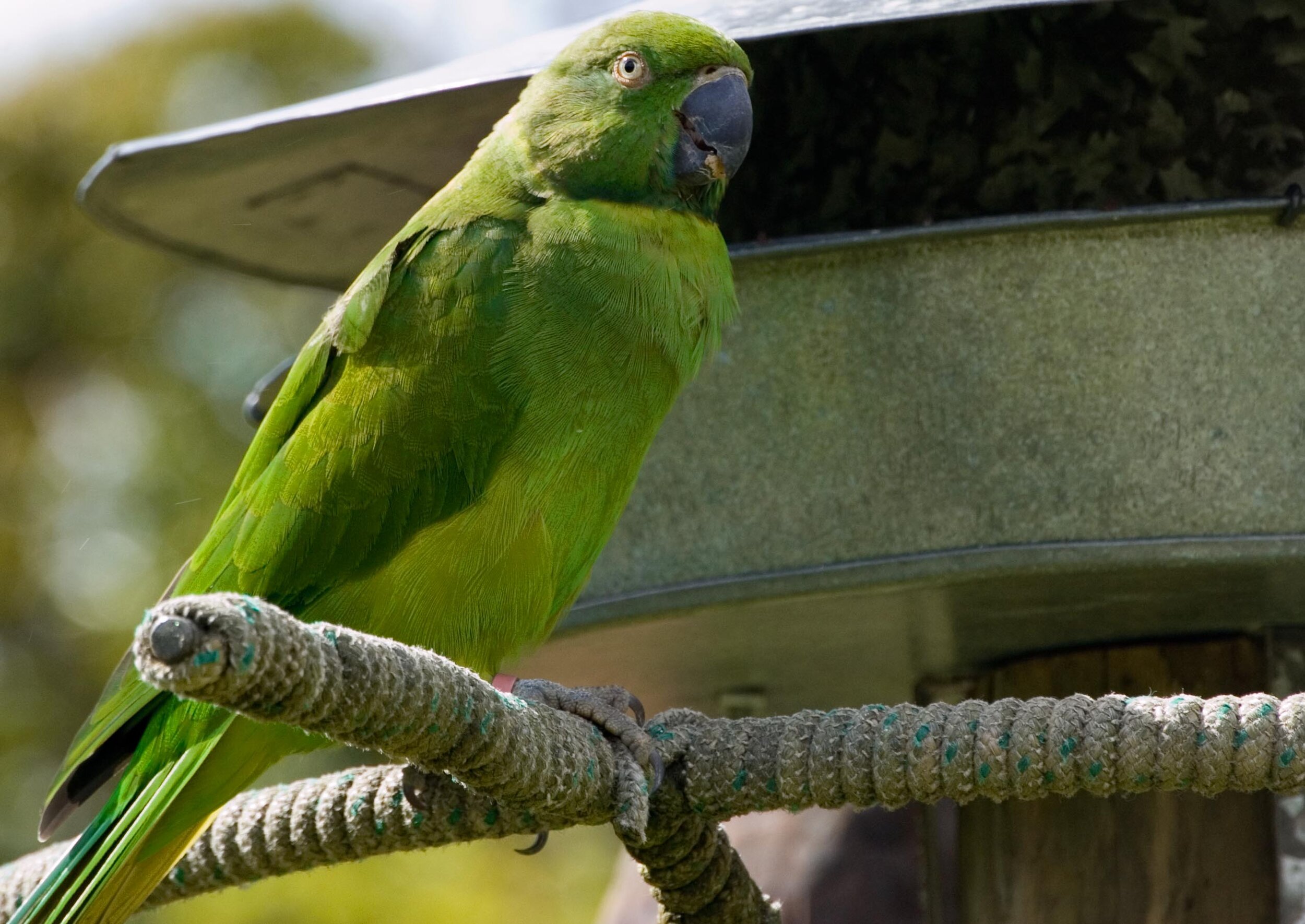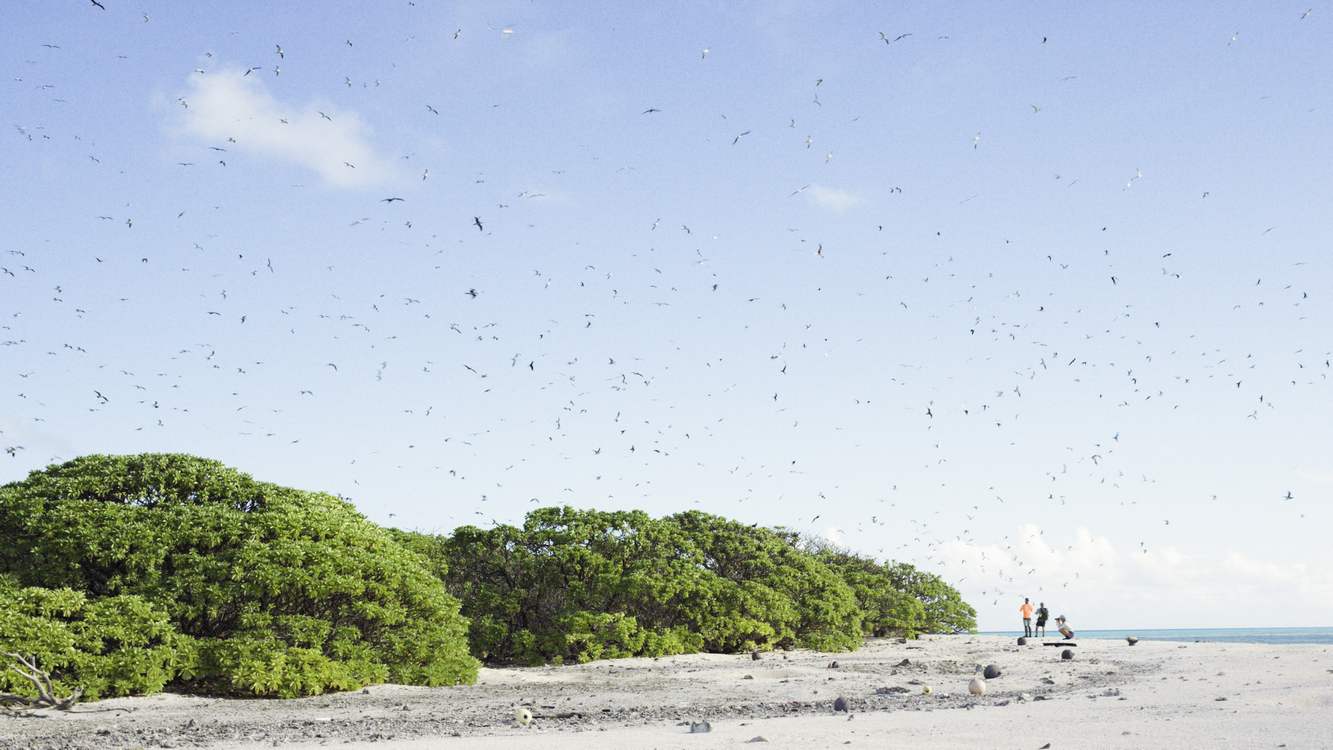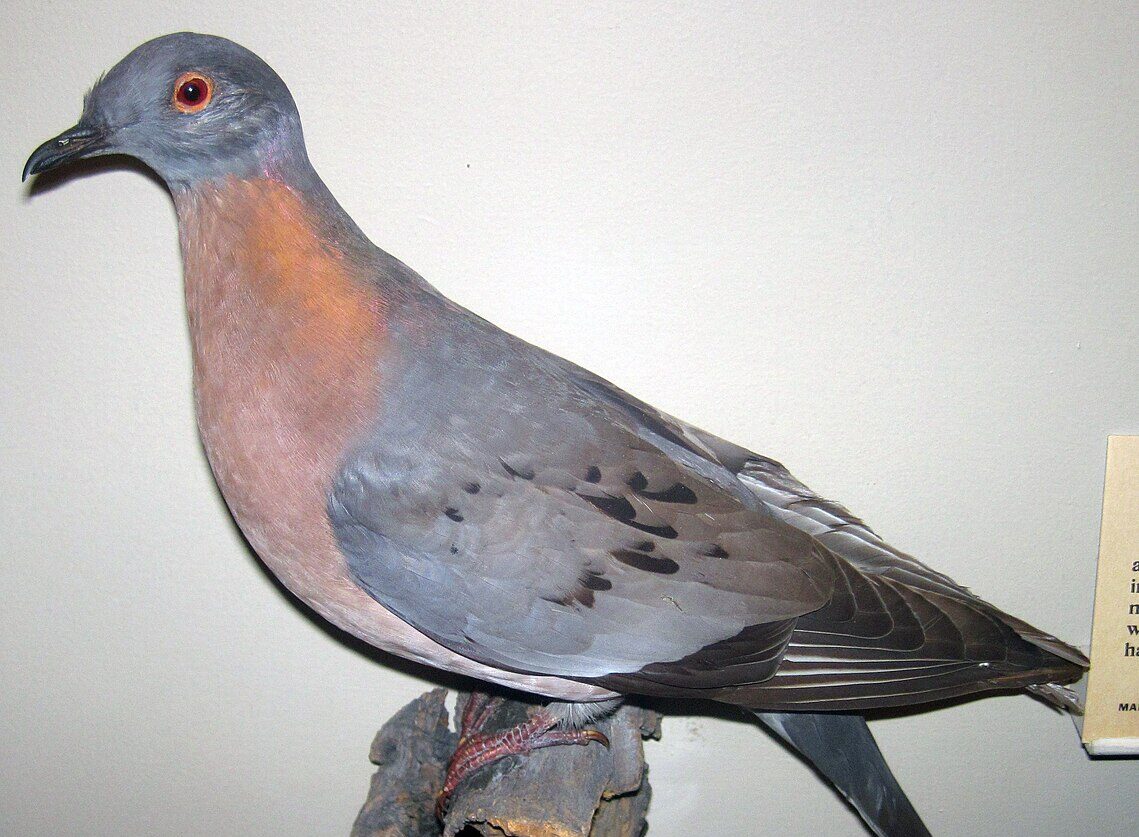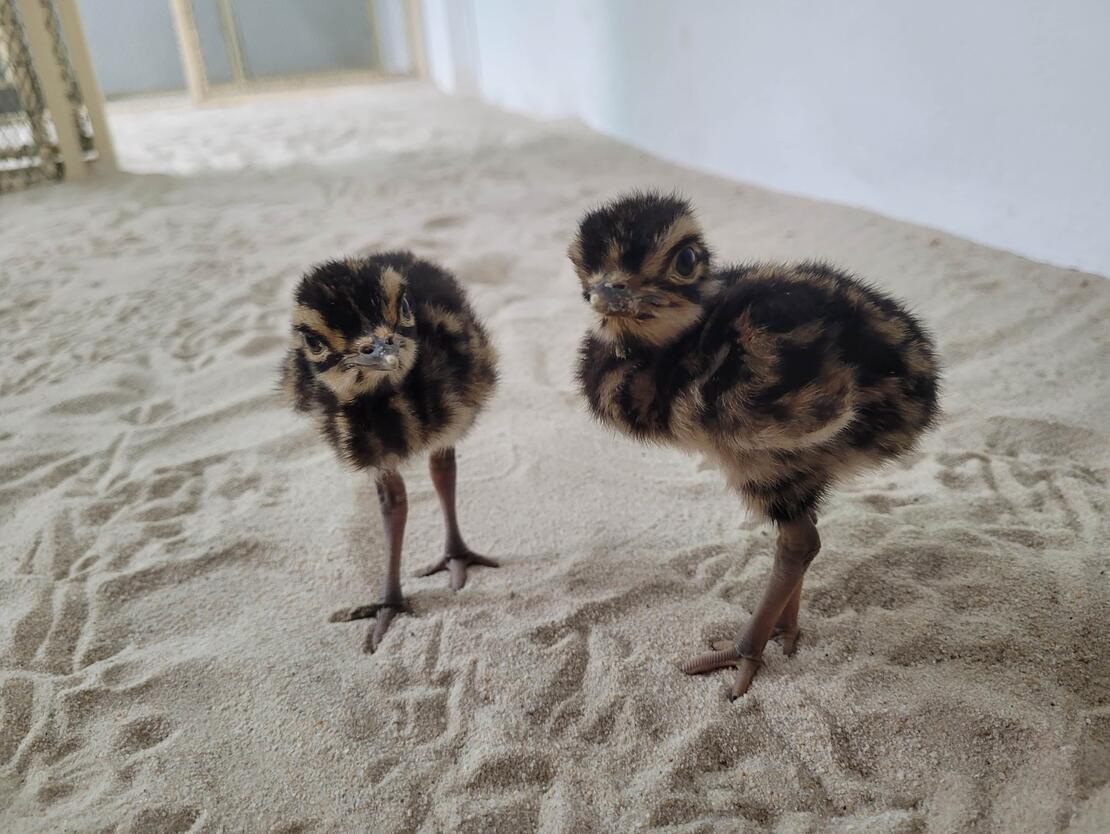PICTURED: the state bird of Hawaii, the Hawaiian Goose (Branta canadensis). Photo credit Bettina Arrigioni. CC 2.0.
December 12th, 2019. Captive breeding programs, clever management, and reducing predation from invasive species have led to the successful recovery of several different birds. The islands of the Pacific are both hotspots for biological diversity, and especially vulnerable ecosystems given their size and delicate balance.
At the Pearl Harbor National Wildlife Refuge on Sunday, U.S. Secretary of the Interior David Bernhardt announced that the Hawaiian Goose, also known as the nēnē, has been downlisted on the United States Endangered Species List after it was placed there in 1967 when fewer than 30 were left in the wild.
Hawaii, like many of the Pacific islands has had her fair share of human-caused biodiversity threats – not least of all were the introduction of the mongoose and domestic cat, who dealt one of the most significant blow to the nēnē’s chances.
“While we pause to celebrate this hard-won milestone for Hawai’i’s state bird there are many more species, plants, and animals, here in Hawaii that are equally imperiled as the nēnē once were,” said Robert Masuda, the First Deputy for the Hawai’i Dept. of Land and Natural Resource at the ceremony in Pearl Harbor.
“Hawaii is the endangered species capital of the nation with over 500 federally-listed threatened or endangered species and which will all need equal attention and effort from all of us to reverse their current courses toward extinction”.
A Rail in Guam
“This IUCN Red List update offers a spark of hope in the midst of the biodiversity crisis,” said IUCN Acting Director General, Dr Grethel Aguilar. “Though we have witnessed 73 genuine species declines, the stories behind the 10 genuine improvements prove that nature will recover if given half a chance”.
One of these ten recoveries is the fast-running flightless bird native to the island of Guam. The Guam rail has become only the 2nd species of bird to ever recover from being extinct in the wild after the California condor.
The IUCN Red List, which is like the United States Endangered Species List, makes assessments on worldwide flora and fauna species.
Much like the island of Hawaii, introduced species like the brown tree snake killed so many of these little flightless birds, they would have wiped them out if not for a captive breeding program.
The Guam Rail is now established on the neighboring Cocos Island. However, the bird is still classified as Critically Endangered – one step away from extinction.
PICTURED: An echo parakeet (Psittacula eques echo). Photo credit Colin Houston. CC 2.0
On a roll
In Mauritius, a small island in the Indian Ocean, has seen a fast, steady increase in numbers of the charismatic echo parakeet, which used to be critically endangered.
In the 1980s, the echo, described as the “world’s rarest parrot” numbered just 12. Captive breeding programs helped the parakeet recover, and in 2007 the parakeet was downlisted to endangered.
In an upward trend, the little bird is moving up again, from endangered to vulnerable, as the population recovers to about 750 in the wild.
It’s incredible to think that animals can make these sorts of recovers from populations as small as 12. When the IUCN and other world conservation organizations are warning of the danger climate change poses to animal populations around the globe, it’s important to remember that if we show the will, nature will find a way.
